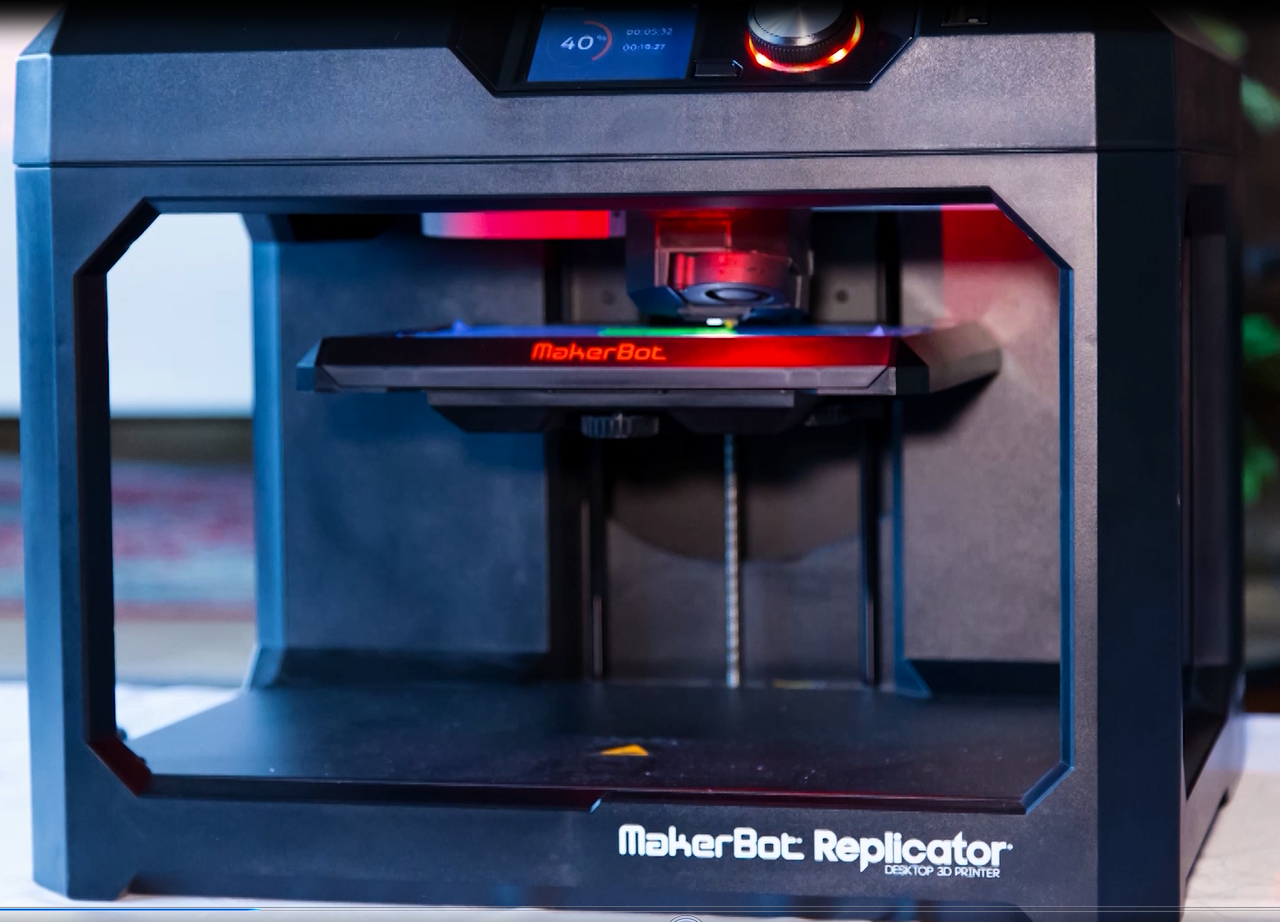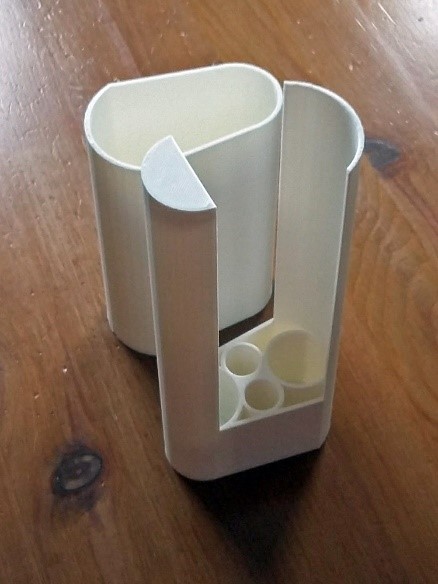3D Printing as a Tool in Environment Protection
Marianna Zichar
Description
Keywords: 3D printing; 3D modeling; waste reduction; environment protection; 3D printing as a service; innovation
H2020 challenge: Climate action, environment, resource efficiency and raw materials
Knowledge and skills (P: prerequisite; D: desirable, but not necessary): basic ICT knowledge (P); to have interest in 3D printing (P); experience in 3D technologies (D); to be curious and prolific Internet researcher (D)
One of the most important tasks for humans is to save the earth for the next generations. There are so many fields where changes should be done in order to protect our environment. Latest inventions in technology, such as 3D printing, can support this intention efficiently. If an enterprise could offer special services for people, which are beneficial for them and also for the environment, why not to launch a start-up company with this objective [1]? For example, broken part of devices can be reproduced with a 3D printer preventing it to become waste. Or 3D printed objects can be used to prolong the lifetime of devices, household gadgets, etc. Reducing the amount of waste is of high importance [2]. Let us imagine that we would like to start an enterprise based on the mentioned idea: to provide 3D printing as a service. What we have to do first is to overview what kind of devices, raw materials, special skills, software products, business plan we would need to have success. It is also of high importance that what kind of printing services the people may be interested in. Usage of environment friendly materials and technologies could be an added value to the success of the enterprise.
Questions that need answers
- The topics that should be discussed first by the team:
- Basics of 3D printing as a representative of additive technology [3], [4].
- Which is the most practical 3D printer type to purchase first for the company?
- The topics that should be discussed first by the team:
- Overview and classification of raw materials [5].
- First steps in getting to know a free design software.
- In case of a start-up company dealing with 3D printing as a service, the following business aspects should be reviewed first [6], [7]:
- Student teams will need to determine what services the company will provide.
- Student teams will need to identify potential customer segments for services they will develop.
- Student teams will identify what kind of interfaces they can use to reach the potential customers.
- Student teams will explore how the cost of their services can be determined.
- 3D printing can not only reform the producing, but can change the behaviour of customers due to having societal aspects as well [8], [9]:
- Student teams will explore how 3D printing can have positive impact to environment protection by extending the lifecycle of objects, gadgets, etc.
- Student teams will identify the advantages of 3D printing that support the environment protection.
- Student teams will overview what skills an employee should have to be able to make 3D models.
- Student teams will investigate impacts of possible 3D printing services on labour market (including employment of people with some kinds of disabilities).
Technical Expert

Ildiko Papp
Lecturer

Marianna Zichar
UNIDEB Team Leader, Lecturer
Business Expert

Aurora Alonso Urbano
Lecturer
Societal Expert

Marianna Zichar
UNIDEB Team Leader, Lecturer
Case study students (Group 1)

Robert Toth
TeamSoc21 Zagreb2018 Student

Alba Vicente Olmo
TeamSoc21 Zagreb2018 Student

Peter Gulyas
TeamSoc21 Zagreb2018 Student

Marin Bencevic
TeamSoc21 Zagreb2018 Student
Case study students (Group 2)

Ivaylo Vladimirov
TeamSoc21 Zagreb2018 Student

Ioan Iova
TeamSoc21 Zagreb2018 Student

Kaab Rustam
TeamSoc21 Zagreb2018 Student


